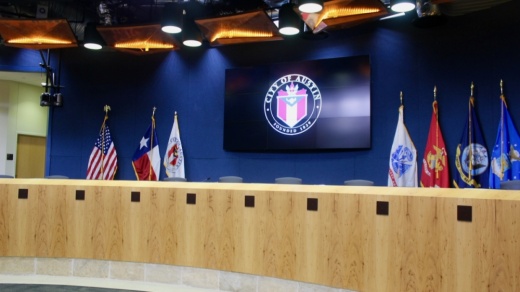The resolution sponsored by Mayor Pro Tem Natasha Harper-Madison includes direction for City Manager Spencer Cronk to more visibly highlight the district in city documents and in public. On that front, city maps will be updated to note the district's place in the city; new public art, signage and other features will be added throughout the area; and the city will seek formal historic designations for the area's cultural and historical landmarks.
The resolution also calls for the city's collaboration with local organizations to foster "professional entertainment and creative industry businesses" both existing in the district and relocating there in the future. Several directives related to neighborhood planning and redevelopment goals for a cultural center are included as well.
While the district's formal designation has been in place since 2007, Harper-Madison and community members speaking at the meeting pointed to a lack of city effort on making the area distinct and supporting the cultural scene there through the years.
"You’re talking about over a decade in the making of us getting to this place where saying that we have an African American Cultural Heritage District actually means something," Harper-Madison said.
Area resident Harold McMillan, a leader with district nonprofit DiverseArts Culture Works and the East Austin Creative Coalition organization, also spent time Sept. 2 speaking to council about his involvement with the district process over the years. McMillan said he first crafted the district concept more than two decades ago, and appreciates where city planning and collaboration now stand after years of inaction.
"I feel really good about where we are now though, because I feel like people get it. They’re taking it seriously. And we marshaled a lot, a lot, a lot of people who are prepared to do the next phase of hard lifting, the heavy work," he said.
Creative coalition representative Stacie Williams also pointed to the city's backing of the cultural district improvements as an example that other similar enclaves throughout Austin could follow.
"All over Austin, there’s these microcosms of little cultural things that are just desperate to be acknowledged. And I would hope that y’all would each take this as an example that we can do it and the city is behind it. And we want to present as a diverse and welcoming city for everyone, not just a bastion for certain demographics," she said.
McMillan and District 3 Council Member Pio Renteria also said the resolution's call for an evaluation of improvements and redevelopment geared toward culture, retail and affordable housing could end up representing a corrective to past urban renewal strategies that dismantled the area's communities.
"There were no benefits. Nothing. ... A lot of the people were renters there, and they were just told they had to move. No funding for anything, just ‘Bye.’ That’s what happened to that area there. And it’s just sad," Renteria said. "It’s never been back the way it used to be, and I hope that we can make some investments in there so that we can bring that back."





